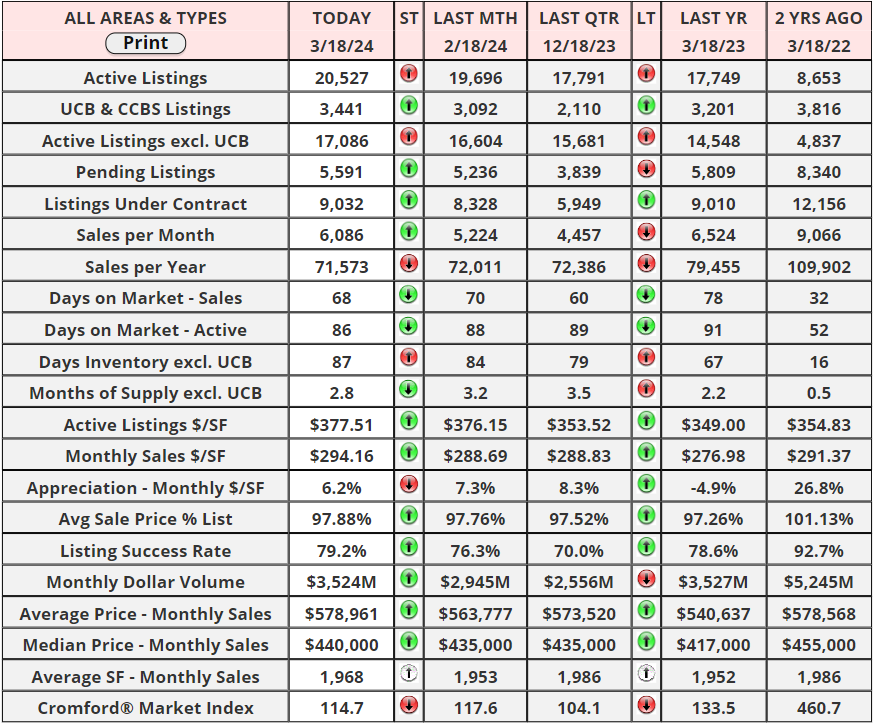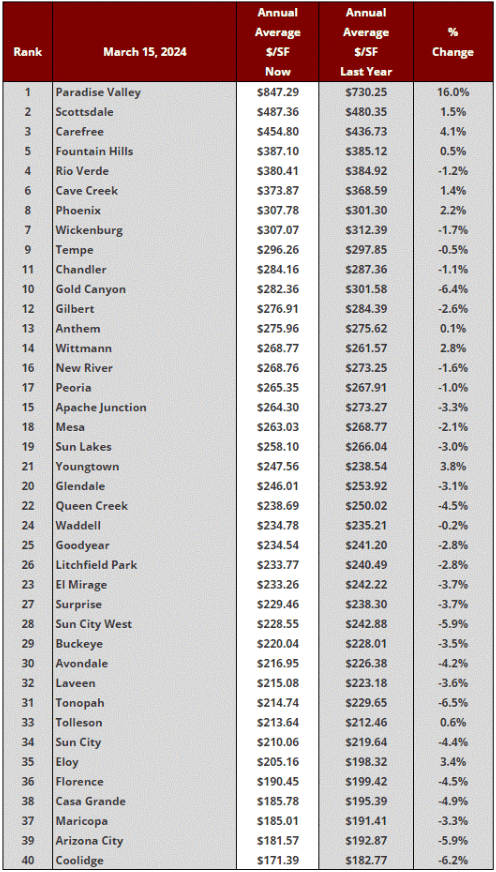Why U.S. Housing Affordability Is Worse Than Ever — And What Needs to Change



The landscape of housing affordability in the United States has evolved dramatically, influenced by factors beyond just high mortgage rates. A few years back, an average household earning $59,000 annually could easily secure a mortgage, ensuring their housing costs didn't exceed 30% of their monthly income with just a 10% down payment. This affordability metric, however, has shifted drastically today. Despite an increase in the median household income from $66,000 in 2020 to about $81,000 in 2024, the rise in wages hasn't paralleled the surge in housing costs, making the dream of homeownership increasingly out of reach for many Americans.
Recent analysis by housing experts underscores the stark reality that prospective homeowners now require a salary of approximately $106,500 to afford the median-priced home, marking an 80% jump from early 2020. This disconnection between housing prices and average wages has been widening, particularly since the mid-1990s, rendering homes less affordable. A contributing factor to this trend is the tightening of housing supply. A significant reduction in the number of new homes being built, coupled with stringent land-use and zoning regulations, has kept the real estate market tight, pushing prices upward even in the face of dwindling affordability.
Experts argue that addressing the root cause of this supply crunch is critical to improving housing affordability. Restrictive building and land-use policies hinder the construction of new homes, exacerbating the supply shortage. To combat this, there's a call for policymakers to facilitate the building process by relaxing these stringent regulations, which include limitations on building heights and minimum lot sizes. Such reforms would not only increase housing supply but also, by extension, make housing more accessible and affordable to a larger segment of the population.
There are, however, glimpses of progress in certain regions where relaxed zoning rules have spurred a boom in housing construction, particularly in markets allowing for smaller, attached homes. This increase in housing inventory is a positive step towards addressing the demand for more affordable living spaces. Nonetheless, the push for more flexible local zoning regulations, supported by federal incentives for developers, is essential in scaling up the supply of affordable housing nationwide. As the population continues to grow, so does the need for more housing, making it imperative to adapt our policies to accommodate this inevitable growth.
P.S.- I am sure many of you may have heard about the NAR settlement in a class action lawsuit on commission rules for the Real Estate industry last week. Lots of information developing along with a lot of misinformation as well. I will be providing answers on this in the following weeks as I speak with my broker and brokerage on the correct information to help guide both sellers and buyers on how to move forward if this settlement is approved by the Federal court. Big stuff here, so stay tuned!
"Do not wait to strike till the iron is hot, but make it hot by striking."
– William Butler Yeats
Have a great week everyone!
Recent Posts











"My job is to find and attract mastery-based agents to the office, protect the culture, and make sure everyone is happy! "
